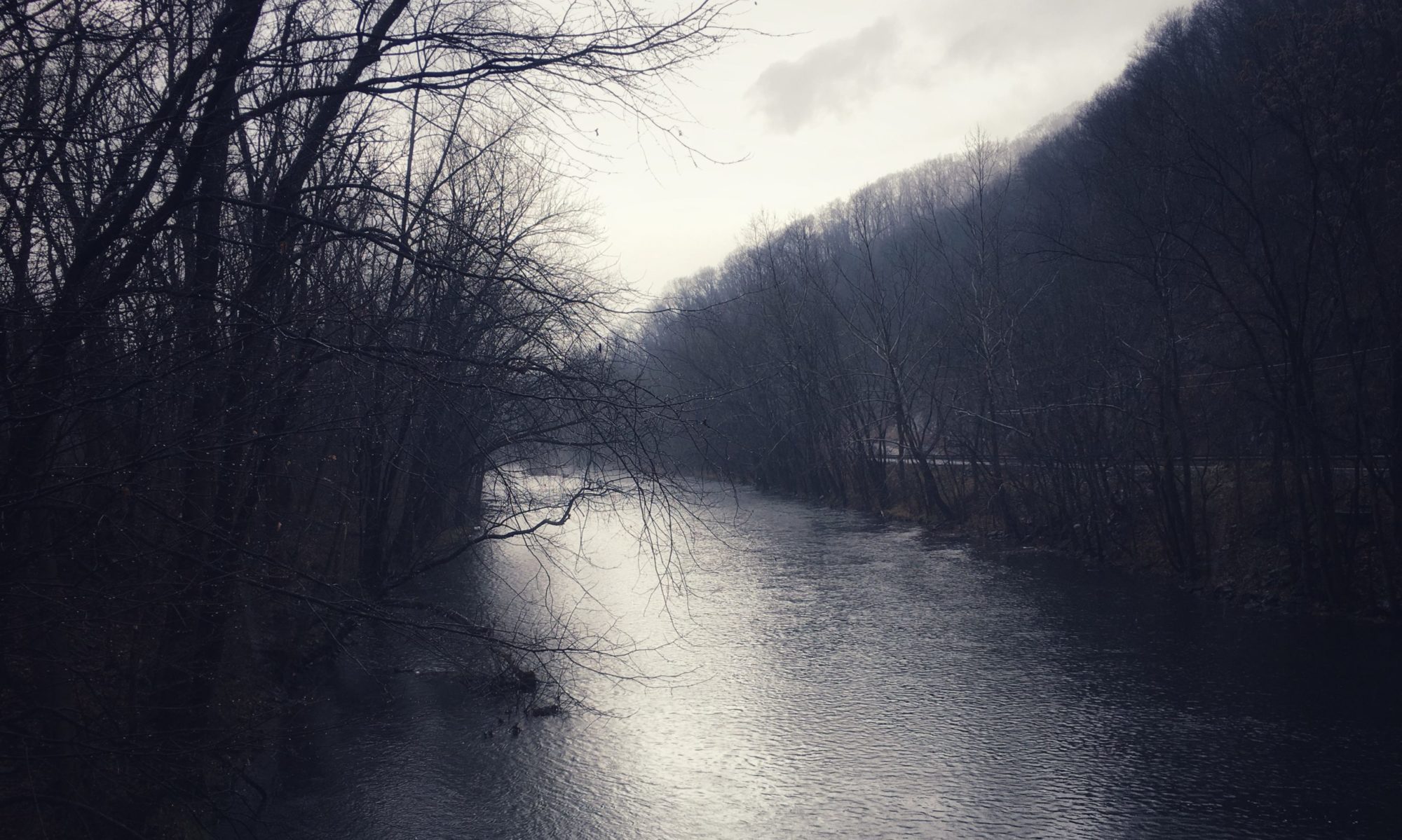
Harold C. Myers (1914-2003) was my maternal grandfather, A.K.A. Pop-pop. Today I present part of an interview my brother Steve tape-recorded in 1997, subsequently digitized by Jeff Suydam. Pop-pop’s description of his childhood, first in the little “coal patch” called the Vulcan on Broad Mountain near Mahanoy City, then in the steel town of Pottstown, Pennsylvania, is full of great details about the way people used to live, and the way boys in particular used to almost raise themselves, spending many days away from home on fishing or berrying expeditions, or building go-carts and pipe bombs and generally running wild. Pop-pop was unusual both in his love of reading and his love of the outdoors, two things he definitely imparted to his oldest daughter, my Mom. I’ve selected and edited the best parts of his earliest memories, and really wish we’d been able to record more. If you have elderly relatives or neighbors whose stories have never been recorded, I hope this will inspire you to preserve something before it’s too late.
Audio PlayerPodcast feed | Subscribe in iTunes
Theme music: “Le grand sequoia,” by Innvivo (Creative Commons Attribution-Noncommercial-Share Alike licence)










